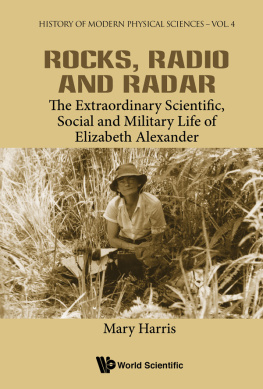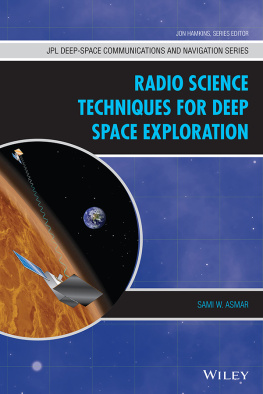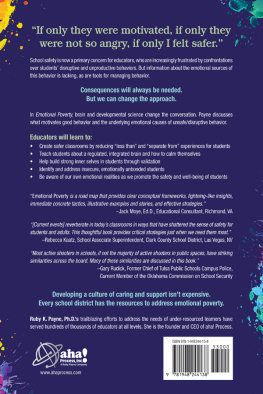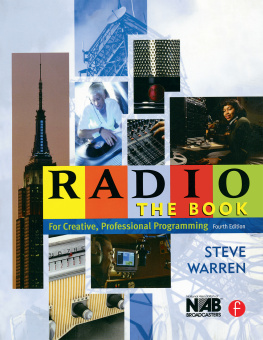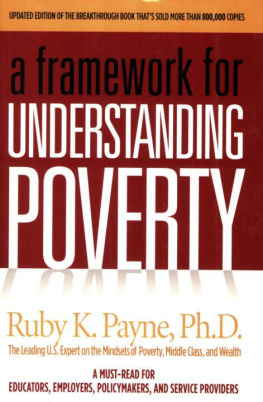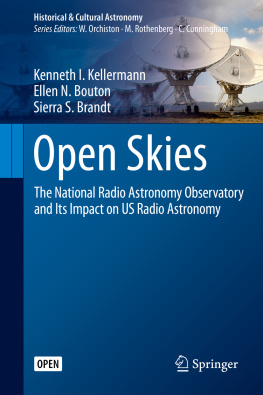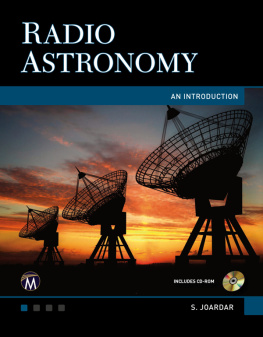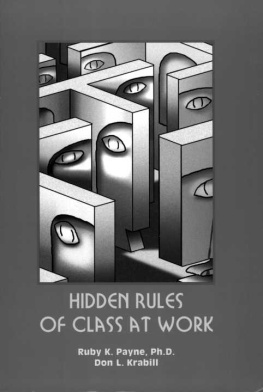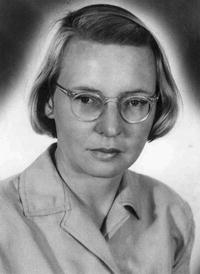M Goss Astronomers' Universe Making Waves 2013 The Story of Ruby Payne-Scott: Australian Pioneer Radio Astronomer 10.1007/978-3-642-35752-7_1 Springer-Verlag Berlin Heidelberg 2013
1. Introduction
Synopsis: The Life of Ruby Payne-Scott
Within this book I will explore the development of an intellectually gifted young woman during a time when women were discouraged from studying fields that were basically reserved for men. In Irresistible Forces: Australian Women in Science (), Claire Hooker has written
[Ruby Payne-Scott] blazed her way to the peak of her profession, presaging the ambitions and successes that young women may have today. Payne-Scott from the beginning was ready for anything she might encounter in science.
I will review Ruby Payne-Scotts educational career, her work both as an engineer and astronomer, as well as a school teacher, and her passion for the Australian wilderness and bushwalking. It was this passion for the outdoors that brought her to her husband, Bill Hall, and I will also describe their wonderful family life. There are some unknown aspects of Rubys life that I will touch on: for example, how did a middle class Australian family produce such a remarkable woman? What were the factors that influenced her career choices?
With the support of her parents, Ruby attended schools that were meant to prepare her for further education at the University of Sydney. She was an outstanding student at university and spent some years in a cancer research laboratory following her graduate degree work. Figure is one of the earliest photographs of Payne-Scott, as a student in the 1930s. When that work dried up, she taught mathematics to secondary school children. However, with the advent of World War II when able-bodied men were rounded up all over the world by the millions as solders, airmen when seamen, gaping holes were left in the workforce that could be filled by able-minded women.
Fig. 1.1
Photograph of Ruby Payne-Scott as a student in the 1930s, possibly while she was studying at the University of Sydney in 19291932, working on a B.Sc. degree in physics (Bill Hall family collection, used by permission of Peter Hall)
Ruby took advantage of this and seized a research job at the Radiophysics Laboratory (RPL) in Sydney, Australia. One can only imagine the thrill that Ruby must have felt being able to work with a group of like-minded engineers and scientists, putting all of her considerable mental faculties to work on challenging problems to perfect an aircraft warning radar system for the defence of Australia. The RPL cohort was a cohesive and inquisitive group that respected all members based on the quality of their work. Ruby was a star performer in this group based on her experience and scientific skills. Unfortunately, during this era, women were not expected to play major roles in the workforce if they were married or having children. Were a woman worker to marry, she would lose her permanent employment status, be demoted to a temporary worker, and lose her pension. Further, when a woman became pregnant, there were no options for any paid leave and women were expected to abandon their jobs.
It was during this time that Ruby decided to get married and start a family with her bushwalking comrade, Bill Hall, but she was enjoying her work at the RPL. She was able to continue working for some time as a permanent employee by keeping her marriage secret from her highest ranked supervisorsthose close to her at work certainly knew. By the end of the war, however, she was exposed to an increased scrutiny by bureaucrats, who discovered her marriage. She fought against the consequences of this discovery but was still demoted to the status of a temporary staff member and lost her superannuation. In 1951, when Ruby was only 39, she was forced to retire while pregnant with her first child, Peter Hall. After leaving her career in radio astronomy Ruby worked as a secondary school teacher for 9 years. Her two children grew up in a world that slowly was changed by Ruby and women like her, who championed the rights of women to combine a career and family.
The field of radio astronomy in Australia grew out of the radar research carried out during World War II at the Council for Scientific and Industrial Research (CSIR) Radiophysics Laboratory (RPL). Ruby Payne-Scott joined the new institute in 1941, as one of the founding scientific staffshe and Joan Freeman were the first female scientific staff. RPL played a key role in the War effort, producing numerous copies of the aircraft warning radars that were used so successfully in the Southwest Pacific Area by both US and Australian military personnel from 1942 to 1945 in the war against Japan. Payne-Scott made major contributions to this top secret radar research; she became the Australian expert on the theory of the detection of enemy aircraft using the display system that had been invented in the UK, named the PPI or Plan Position Indicator. She was also an experienced radio engineer; her work with B. Y. Mills to develop experimental, high-frequency (25 cm) aircraft warning radar contributed to her success as an experimental radio astronomer starting in mid-1945.
Late in World War II, women in the civil service in the Federal government were paid wages equal to that of their male counterparts, a great contrast to the previous convention of paying women only two-thirds of the male wage. In 1949, Payne-Scott was involved in a public controversy when the CSIR began to withdraw wage parity. It was only in 1969 and 1972 that Australian women were given wage equality based on rulings of the Australian Conciliation and Arbitration Commission. In addition, she and many of her male colleagues were strong proponents of non-military research in the newly established Commonwealth Scientific and Industrial Research Organisation (CSIRO), formed in 1949. She and many others participated in writing letters to both newspapers and to internal CSIRO publications in support of this cause, thus garnering the attention of the Australian Security Intelligence Organisation.
Payne-Scott started her career in radio astronomy, testing radar equipment with Joseph L. Pawsey in 1944. Her first observation was made from the RPL building on the campus of Sydney University in March 1944, during a test of military radar equipment at 10 cm. Thus Payne-Scott became one of the first radio astronomers, as well as the first woman radio astronomer. This observation also represented the first astronomical project with Pawsey, an association that became decisive in the years 19451951. Pawsey was the father of Australian radio astronomy. His research and recruiting of new, talented radio astronomers has had an effect on the astronomical world that continues into the twenty-first century.
An explosive growth of radio astronomy occurred in Australia starting in late 1945. RPL became one of the pre-eminent radio astronomy institutes in the world under the direction of Pawsey and Edward (Taffy) G. Bowen. Within a few years, Australia established its international leadership in radio astronomy. Payne-Scott wrote one of the first summary papers in radio astronomy in December 1945 and participated in the first Australian publication of the budding field in early 1946, as the second author. From 1945 to 1952, the RPL radio astronomers published 62 papers in radio astronomy; Payne-Scott was a participating author in nine of these publications. During this period, radio astronomers in the rest of the world followed the Australian developments with great interest. A few Australian radio astronomers made visits to the US, Canada and Europe where the new results were shown during conferences and observatory visits.



